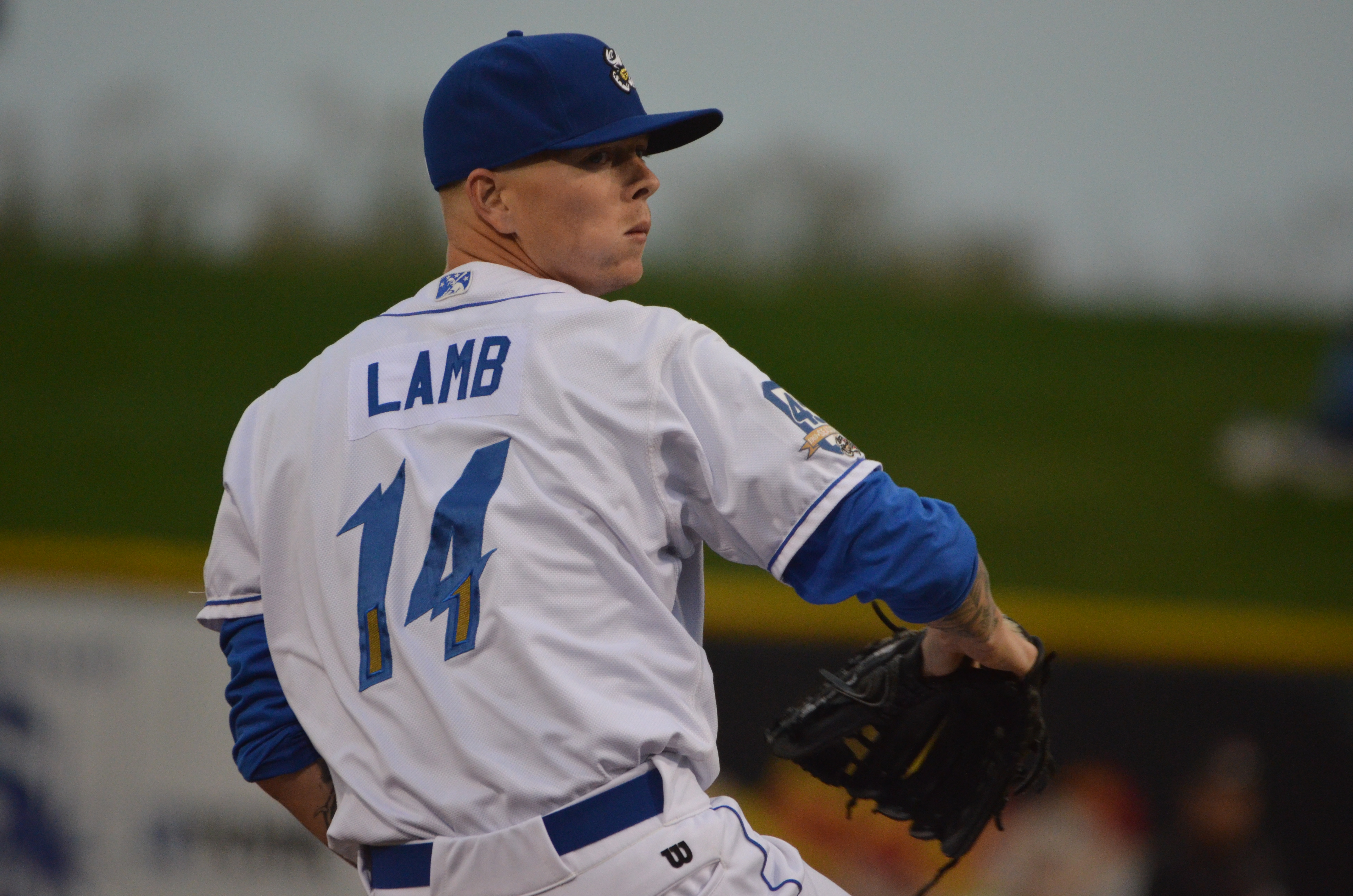Soon after the deal, Guthrie took to social media to tweet this:
That is @ChenMusic to my ears! RT @Ken_Rosenthal: Source: #Royals re-sign Bruce Chen.
— Jeremy Guthrie (@TheRealJGuts) January 30, 2014
This deal probably doesn't come as much of a shock to most Royals fans, the fact that Guthrie restrctured his deal seemed to indicate that another move would come. However, a restructure to save $3 million, seemed to indicate it would be for a guy like Chen.
As for Chen's fit on the roster, he will likely head to camp with the opportunity to win a spot in the rotation, with a fallback as an extra lefty in the pen, who can double as a long man. Let's take a look at his competition:
Rotation:
As for Chen's fit on the roster, he will likely head to camp with the opportunity to win a spot in the rotation, with a fallback as an extra lefty in the pen, who can double as a long man. Let's take a look at his competition:
Rotation:
- James Shields
- Jeremy Guthrie
- Jason Vargas
- Bruce Chen
- Wade Davis
- Luke Hochevar
- Yordano Ventura
- Danny Duffy
- Kyle Zimmer
These are the individuals that have been the most discussed for the 2014 rotation. Prior to the Chen signing my guess would be that the Royals rotation would be Shields, Guthrie, Vargas, Hochevar/Davis, Duffy/Ventura. I felt this way because it felt like a very Royals thing to do to expand their starting pitching "inventory" by opening the year with either Hochevar or Davis in the pen, then if they struggle, the loser of the Duffy/Ventura battle would be the first call up.
Bullpen:
- Greg Holland
- Kelvin Herrera
- Luke Hochevar
- Wade Davis
- Aaron Crow
- Louis Coleman
- Maikel Cleto
- Tim Collins
- Donnie Joseph
- Francisely Bueno
- Bruce Chen
As you can see there are about 11 options on the 40 man for the bullpen. There are a few different ways in which this could play out. Let's try to pain a clearer picture of the competition of the pitching staff:
- Locks: Shields, Guthrie, Vargas, Chen, Holland
- Pretty much locks, but could be moved if they stink in camp: Crow, Hochevar, Davis, Herrera
This accounts for 9 spots of the 12 man staff. here's my guess at how the rest of the spots would play out:
- Left Handed Relievers: Collins and Joseph
Let's add one of the two to the roster for now. That brings our total to 10. Now let's look at the competition for the final two rotation spots:
- Candidates: Chen, Davis, Hochevar, Ventura, Duffy, and Zimmer.
We'll go ahead and assume that one of the Chen, Davis, Hochevar group opens in the rotaiton so that the Royals can expand their starting pitching inventory for the start of the season. We've already counted the three of them so we are still at 10 men. The winner of the Ventura/Duffy/Zimmer battle would be number 11 and the other two would return to the Minors. This leaves one remaining spot for the following:
- Final Bullpen Spot: Coleman, Cleto, Bueno, loser of Collins and Joseph
Of course, the Royals could elect to go with two of the Ventura, Duffy, Zimmer group, which eliminate the final spot in our process.
For those of you still hoping that the Royals acquire another starter, I think the odds of that decreased with the addition of Bruce Chen. I also don't think the odds were very good prior to the signing of Chen. However, if you believe the reports from Rex Hudler that the Royals have extended Ervin Santana a two year offer, there is still hope that this could happen. It of course would still be reliant on Santana coming down significantly from the five year deal that he is seeking.
I am still of the opinion that the Royals are a front end start away from being taken seriously as AL Central contenders. This is not to say that Duffy, Ventura, or Zimmer couldn't fill those shoes. At this point though a signing of Bruce Chen helps with the overall depth of the club, but hardly tilts to the needle for the Royals in regards to AL Central contention.
As for the reports that Bruce Chen's deal is actually the Royals version of the deal granted to Tim Wakefield by the Boston Red Sox, we can only hope that it turns out to be the case. C'mon Chen.






